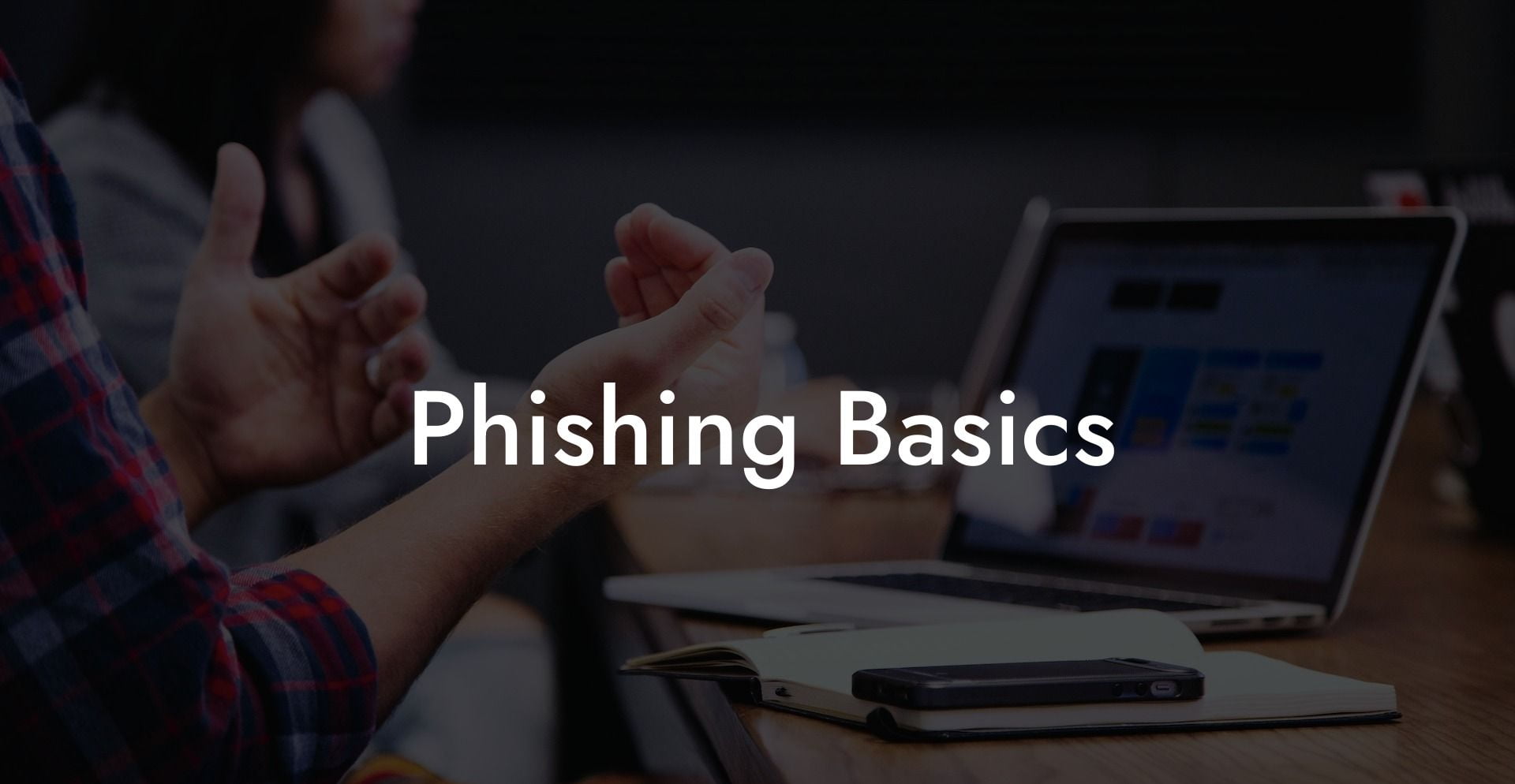Phishing scams are becoming increasingly sophisticated, with cybercriminals finding new ways to exploit our trust and steal valuable information. Voice phishing, also known as 'vishing', is one such scheme where scammers use phone calls to deceive their targets. Our lives are busy and full of distractions, but it's imperative to be cautious and informed about this alarming trend. This article will give you a comprehensive guide to understanding voice phishing and how you can protect yourself from these nefarious activities.
Phishing Basics Table of Contents
Understanding Voice Phishing
Voice phishing is a form of social engineering attack where attackers impersonate a reputable organization or authority with the intent to obtain sensitive information or access to secure systems. Scammers use the phone as their weapon, disguising themselves as representatives of banks, government agencies or even trusted acquaintances in order to gain the victim's trust. Information obtained from such calls includes credit card numbers, social security details, and even passwords.
Protect Your Data Today With a Secure Password Manager. Our Top Password Managers:
Typically, the attacker will use one of the following tactics to instill a sense of urgency in their victims:
1. Offer a reward, such as a lower interest rate or cashback on a purchase, if the victim provides information immediately.
2. Pose as a government agency or tech support, claiming a problem that requires the victim's immediate attention and assistance.
3. Threaten the victim with legal action or financial penalties for not adhering to the scammer's requests.
Phishing Basics Example
Imagine receiving a call from your bank, informing you that there has been unusual activity on your account, and to resolve the issue, they need your account details and password. Since the caller seems to know specific details about your account, you assume it's a legitimate call and share your information. However, instead of resolving an issue, you've just handed control of your bank account to a fraudster who can now drain your funds and steal your identity.
How to Spot and Prevent Voice Phishing
1. Trust your instincts: If a call feels suspicious or too good to be true, it probably is. Always trust your gut feeling and err on the side of caution.
2. Verify the caller: Before providing personal information, request the caller's name and the organization they represent. If necessary, disconnect the call and independently locate the organization's official contact information to confirm the legitimacy of the request.
3. Be cautious with caller ID: Scammers can 'spoof' caller ID to display a legitimate organization's number. While it's useful to have caller ID as a first line of defense, don't rely on it exclusively.
4. Don't succumb to pressure: Fraudsters often try to create a sense of urgency to prevent you from taking the time to verify the call. Stay calm, and don't feel rushed into providing any information.
5. Update your contact details: Ensure that all your accounts have updated contact information, making it more difficult for scammers to pose as organizations and use outdated details to manipulate you.
Reporting Voice Phishing
If you suspect you have been a victim of a voice phishing scam, it is essential to report the incident to the relevant authorities, such as your bank or law enforcement. Timely reporting can help prevent further damage to your finances and identity, as well as aiding in the apprehension of the criminals responsible.
Understanding the ins and outs of voice phishing is the first step to protecting your information and security. Keep yourself updated on the latest threats and follow the advice outlined in this article. Don't forget to share this valuable information with your friends and family and explore other guides on our blog, Voice Phishing, to stay informed on the constantly evolving world of cybercrime. Together, we can safeguard our sensitive information and become more vigilant in recognizing and fighting against voice phishing scams.
Protect Your Data Today With a Secure Password Manager. Our Top Password Managers:















